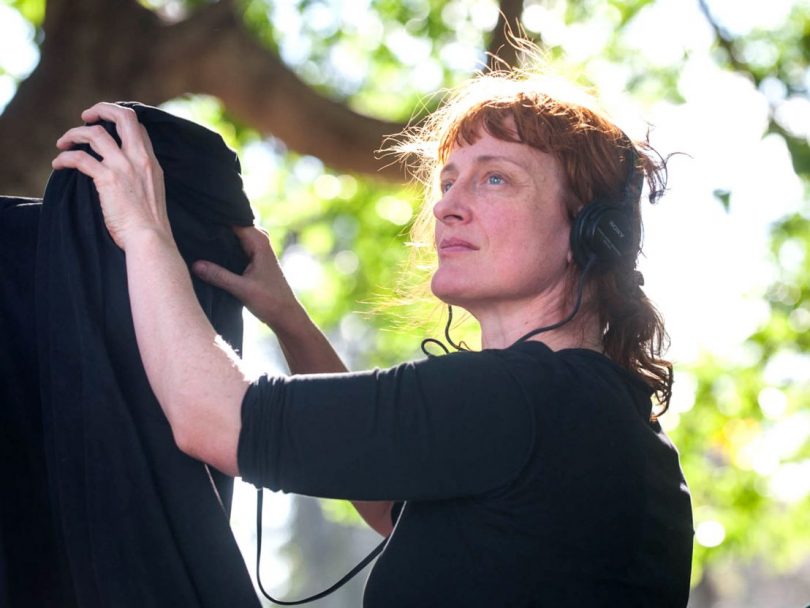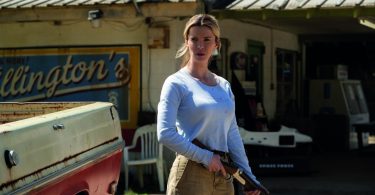In recent years, Jennifer Kent has emerged as one of the preeminent figures in the Australian Renaissance. Ostensibly, the writer-director's debut feature The Babadook appeared to be a banal addition to the horror genre – another bump-in-the-night tale of a bogeyman hiding under the bed. Yet Kent, with the help of Essie Davis’ powerful performance and Radek Ladczuck’s haunting cinematography, managed to orchestrate one of the best horror films in recent memory. Already, her debut has amassed a cult following.
The Babadook won Best Film at the Australian Oscars and, in its wake, Kent was catapulted into the arms of the Hollywood elite. Rumours speculated that she was to co-direct Captain Marvel; however, she was quick to dispel such claims. If anything, the world let out a sigh of relief. Her commitment to authenticity – The Babadook was stripped almost entirely of CGI – made the prospect of her directing a superhero movie feel awkwardly off-kilter.
After being offered a slew of projects to direct, Kent told the Guardian last year that David Lynch and Lars von Trier were her “mentors by proxy” when navigating the terrain of Hollywood. She suggested: “I remember David Lynch saying, ‘Just be very true to yourself and people will respond to that and give you money to do more.’” The Nightingale, which is due to start shooting next month, stays true to this ethos.
Set in Tasmania in 1825, The Nightingale follows an Irish female convict who, with the help of an Aboriginal male tracker, prowls the wilderness to seek revenge on the men who murdered her husband and child. It stars Aisling Franciosi and Sam Claflin.
In her bid for authenticity, Kent researched the horrors of British colonialism in Australia extensively. However, she found that Tasmania offered a more interesting history: female convicts were sent there to address the colony’s gender imbalance and were sold for as little as £5, while others were raped and sentenced to hard labour. Kent addresses how Tasmania’s history is rarely discussed in mainstream culture: “We only hear the sanitised version and I wanted to explore it for real.” The Nightingale is the perfect vehicle to reveal the harrowing history of one of the Empire’s most devastated victims of colonial rule.
One of the most interesting aspects of the production of this film is its close ties with the Indigenous population of Tasmania. Kent has worked closely with Jim Everett, a Tasmanian Aboriginal elder. Previous projects exploring Australian colonisation, such as Timberlake Wertenbaker’s play Our Country’s Good, have marginalised aboriginal populations. Kent, on the other hand, places them at the centre of production in order to faithfully and meaningfully capture the aboriginal experience.
2017 has been rather fruitful for women in horror: Alice Lowe’s Prevenge was a critical success, XX was the first horror anthology directed solely by women, and The Love Witch has been heralded as a feminist classic. Similarly, Kent is committed to developing complex female characters, as evidenced by Essie Davis’ Oscar-worthy performance in The Babadook. Her latest venture equally places women at the centre of the horror, examining maternal grief from a female, rather than a male, perspective.
Radek Ladczuck is back on board as cinematographer, after his stunning work on The Babadook; the claustrophobic and melancholy feel of Kent’s debut is what gave the film its arthouse edge. Ladczuck has studied Gustave Doré’s gothic, atmospheric, and brooding illustrations for inspiration – we’re expecting the Tasmanian countryside to be breathtakingly bleak.

Image: Wikimedia Commons [Gustave Doré's illustration]
With a 2017 release date yet to be confirmed, no one is sure when The Nightingale will anchor in UK cinemas. However, we're still (embarrassingly) excited about this project – if The Babadook is anything to go by, Kent's latest feature film will be yet another addition to the Australian cinematic canon.









